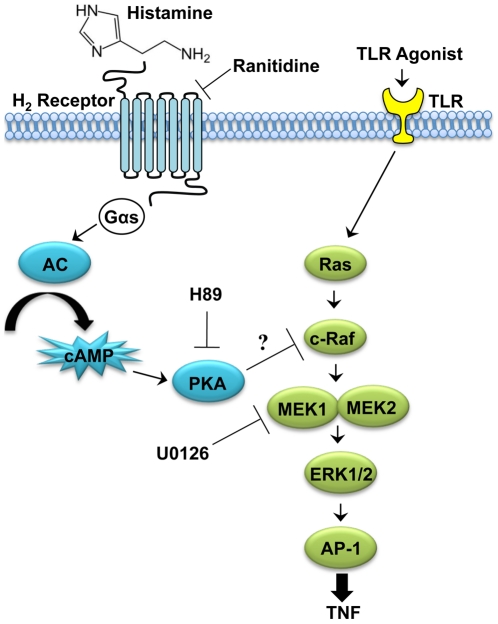Figure 8. Pathway diagram of the mechanism of histamine inhibition of ERK activation.
THP-1 cells activated with a TLR2 agonist activated the MEK/ERK MAPK signaling cascade to induce production of TNF. Histamine produced by L. reuteri 6475 engaged the H2 receptor on activated THP-1 cells. This G protein-coupled receptor activated adenylate cyclase (AC) to increase intracellular cAMP, which subsequently activated protein kinase A (PKA). PKA inhibited MEK/ERK activation and suppressed production of TNF. It was predicted that PKA inhibited MEK/ERK activation by inhibiting the activity of c-Raf. Specific H2 receptor antagonists, such as ranitidine, prevented histamine from activating the H2 receptor and blocked TNF suppression by histamine. H89, a specific inhibitor of PKA, prevented TNF suppression by histamine, demonstrating that PKA activity was necessary for histamine's effect on TNF. Blocking MEK activity with U0126 suppressed activation of ERK and downstream TNF production, demonstrating that ERK activation was necessary for production of TNF.

